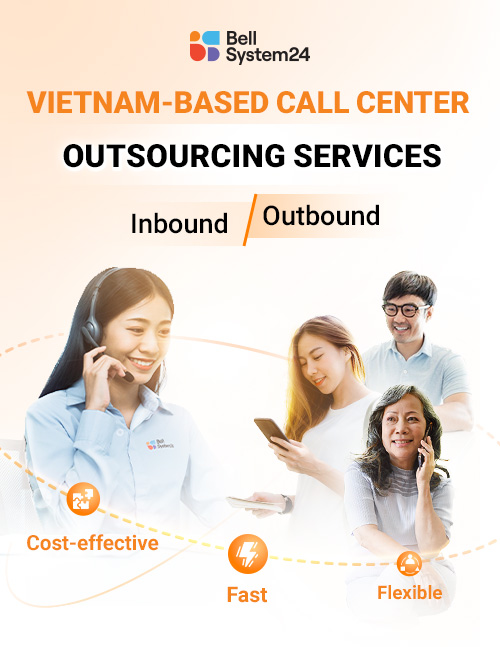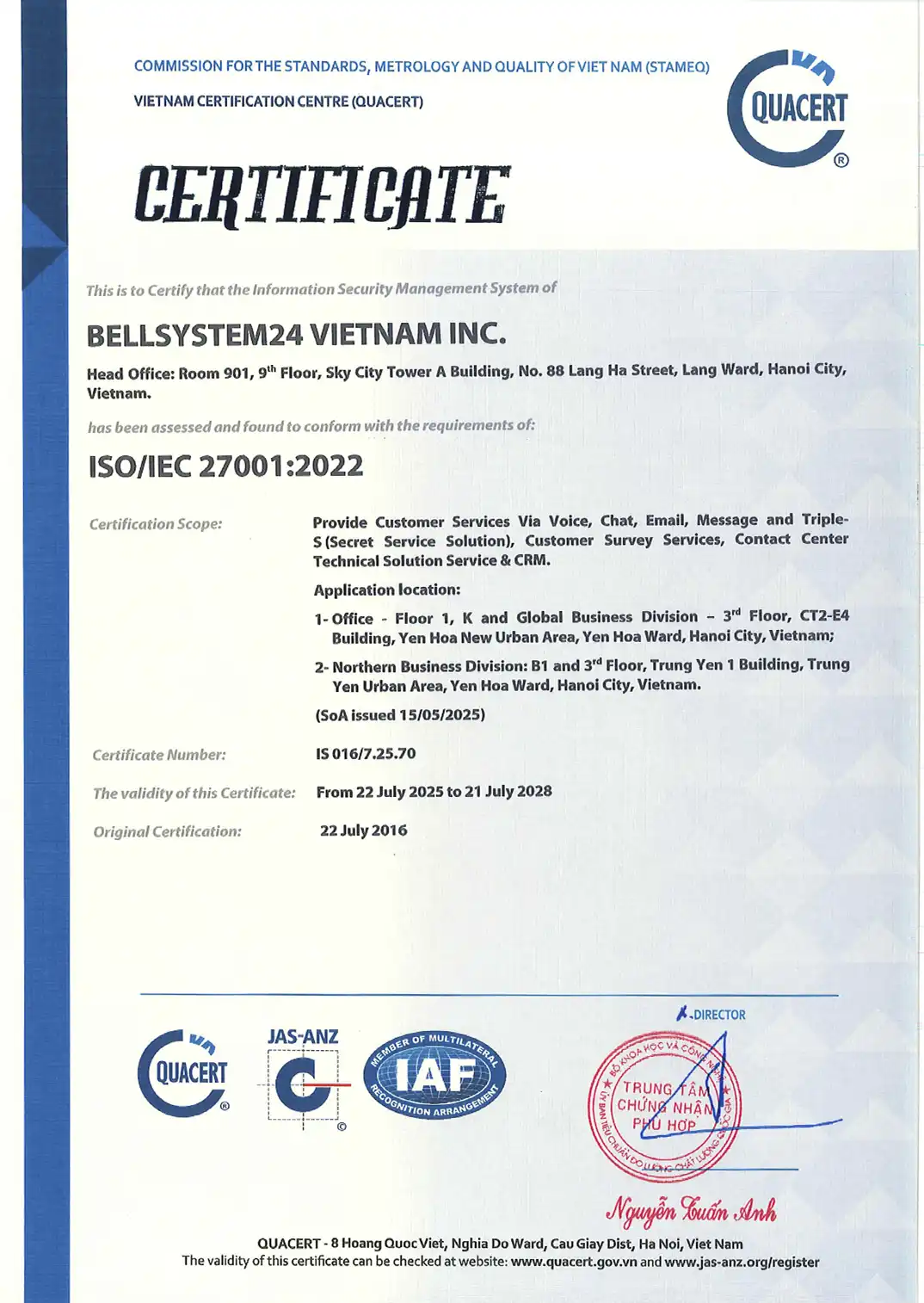Outsourcing customer service overseas has become a strategic move for businesses seeking cost efficiency and 24/7 support capabilities. However, while the benefits are compelling, including reduced operational costs by up to 60% and access to global talent pools, the journey isn’t without significant challenges. Understanding these obstacles upfront can mean the difference between a successful partnership and a costly mistake that damages your brand reputation.

The Hidden Costs of Going Global
When businesses first consider outsourcing customer service overseas, they are often drawn by the promise of substantial cost savings. However, the reality involves navigating complex challenges that can impact everything from customer satisfaction to brand integrity. Let’s explore these challenges systematically and provide actionable solutions.
1. Communication and Language Barriers: Beyond Basic Fluency
The Challenge: Even when offshore agents speak English fluently, subtle communication nuances can create significant problems. Cultural context, idioms, and regional expressions often get lost in translation, leading to customer frustration and misunderstandings.
Real Impact on Business:
- Customer satisfaction scores can initially drop by 15-25%.
- Increased escalation rates to senior management
- Damage to brand perception due to perceived lack of understanding
Mitigation Strategies:
- Implement comprehensive accent neutralization training
- Develop region-specific communication guides
- Regular quality assurance with native speakers
- Develop escalation protocols for complex cultural situations
2. Time Zone Management
While different time zones can provide round-the-clock coverage, they also create coordination challenges that many businesses underestimate.
| Time Zone Challenge | Business Impact | Solution Strategy |
|---|---|---|
| Delayed response to urgent issues | Customer churn, revenue loss | Establish a clear escalation matrix with local contacts |
| Difficulty in real-time collaboration | Slower problem resolution | Implement overlapping shift hours for critical periods |
| Management oversight gaps | Quality control issues | Deploy automated monitoring tools with real-time alerts |
| Training and meeting coordination | Reduced team cohesion | Use asynchronous training methods and recorded sessions |
3. Quality Control: Maintaining Standards Across Continents
The Consistency Challenge: Maintaining consistent service quality across different countries, cultures, and operational standards requires robust systems and continuous monitoring.
Key Quality Control Framework:
Pre-Implementation Checklist:
- Define clear service level agreements (SLAs) with measurable metrics
- Establish quality scoring systems aligned with brand standards
- Create comprehensive training materials with real customer scenarios
- Establish regular quality audits and feedback mechanisms
- Implement mystery shopper programs for authentic assessment
- Develop escalation procedures for quality failures
Ongoing Monitoring Metrics:
- First Call Resolution Rate (Target: >80%)
- Consistency in Average Handle Time
- Customer Satisfaction Scores (CSAT)
- Net Promoter Score (NPS) tracking
- Agent adherence to scripts and protocols
4. Cultural Sensitivity: The Make-or-Break Factor
Understanding and respecting cultural differences isn’t just about avoiding offense—it’s about creating genuine connections with customers.
Common Cultural Pitfalls:
- Misunderstanding customer urgency levels across cultures
- Inappropriate responses to complaints (too formal or too casual)
- Religious and cultural holidays impact service levels
- Different approaches to authority and hierarchy in problem-solving
Cultural Competency Development Plan:
| Training Phase | Duration | Focus Areas |
|---|---|---|
| Cultural Awareness | 2 weeks | Customer demographics, cultural values, communication styles |
| Regional Specifics | 1 week | Local holidays, business practices, social norms |
| Scenario Practice | Ongoing | Role-playing exercises with cultural context |
| Feedback Integration | Monthly | Customer feedback analysis and cultural adaptation |
5. Data Security and Compliance: Navigating Global Regulations
The Compliance Maze: Different countries have varying data protection laws (GDPR, CCPA, local regulations) that can create compliance nightmares if not properly managed.
Security Risk Assessment Framework:
Critical Security Checkpoints:
- Verify the offshore partner's security certifications (ISO 27001, SOC 2)
- Audit data handling procedures and storage locations
- Confirm compliance with relevant international regulations
- Establish clear data breach notification protocols
- Conduct regular security penetration testing
- Create detailed data processing agreements
Compliance Cost Breakdown:
- Initial security audit: $15,000-$50,000
- Ongoing compliance monitoring: $5,000-$15,000 monthly
- Breach insurance premiums: $10,000-$30,000 annually
- Regular security updates and training: $8,000-$20,000 annually
6. Technology Integration
The Integration Complexity: Seamlessly integrating overseas operations with existing systems often proves more complex and expensive than initially anticipated.
Technology Readiness Assessment:
| System Component | Integration Complexity | Typical Timeline | Risk Level |
|---|---|---|---|
| CRM Integration | High | 6 to 12 weeks | High |
| Telephone Systems | Medium | 4 to 8 weeks | Medium |
| Knowledge Base Access | Low | 2–4 weeks | Low |
| Reporting Dashboards | High | 8 to 16 weeks | High |
| Security Protocols | Very High | 12 to 24 weeks | Very High |
7. Vendor Selection and Management: Choosing the Right Partner
The Partnership Dilemma: Not all BPO providers are created equal. Choosing the wrong partner can lead to significant financial losses and damage to your brand.
Vendor Evaluation Scorecard:
Financial Stability (25%)
- Minimum 5 years in business
- Audited financial statements
- Client retention rate >85%
- Revenue growth trajectory
Operational Excellence (30%)
- Industry-specific experience
- Quality certifications
- Disaster recovery plans
- Scalability capabilities
Technology Infrastructure (25%)
- Modern communication systems
- Robust security measures
- Integration capabilities
- Reporting and analytics tools
Cultural Fit (20%)
- Similar business values
- Communication style alignment
- Flexibility and adaptability
- Long-term partnership vision
8. Managing Customer Expectations During Transition
The Transition Challenge: Customers often notice when service is outsourced, and managing their expectations during this transition is crucial for maintaining relationships.
Customer Communication Strategy:
- Pre-Transition (30 days prior)
- Inform key customers about service improvements
- Highlight benefits (extended hours, specialized expertise)
- Provide direct contacts for inquiries
- During the Transition Period (First 60 Days)
- Monitor service levels closely
- Actively collect customer feedback
- Address issues immediately
- Maintain higher staffing levels
- Post-Transition (Ongoing)
- Regular customer satisfaction surveys
- Continuous improvement based on feedback
- Celebrate service milestones with customers
Conclusion: Making Informed Decisions for Sustainable Success
Outsourcing customer service overseas can deliver significant benefits, but success requires careful planning, realistic expectations, and ongoing commitment to excellence. The challenges outlined above aren’t insurmountable obstacles—they’re considerations that smart business leaders address proactively.
The key to successful overseas customer service outsourcing lies in:
- Thorough vendor selection and due diligence
- Comprehensive planning and risk mitigation
- Robust monitoring and quality control systems
- Continuous improvement and adaptation
By understanding these challenges upfront and implementing appropriate mitigation strategies, businesses can leverage the benefits of global outsourcing while maintaining the service quality their customers expect and deserve.







